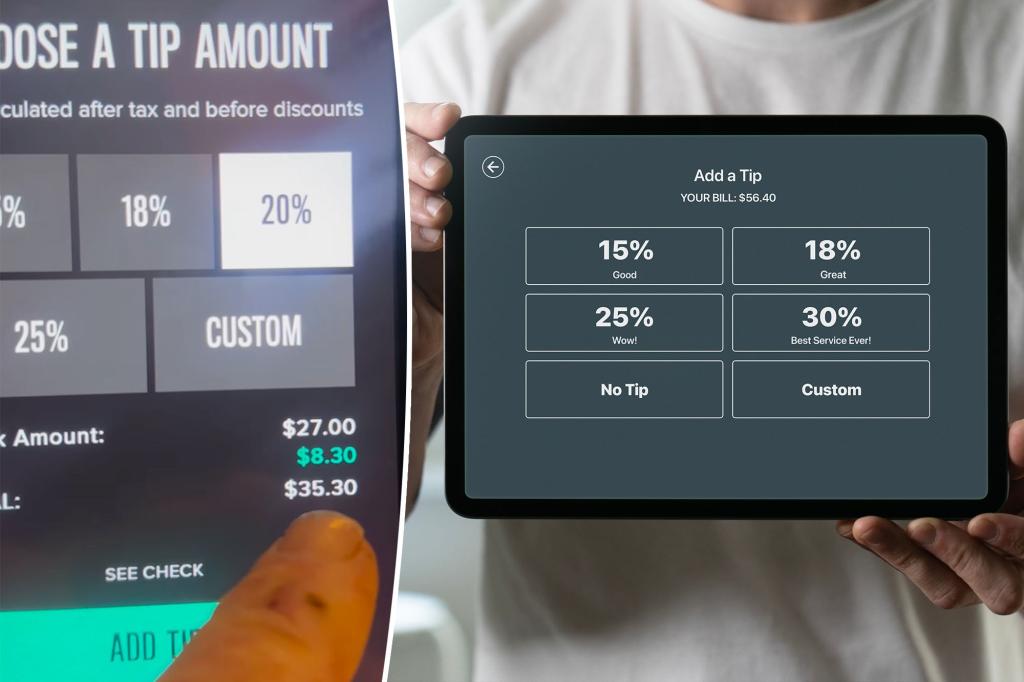A recent video that went viral on social media revealed a potential tipping scam that customers might fall victim to. The video showed a credit card reader screen with tip percentage options of 15%, 18%, 20%, and 25%, where the dollar amounts generated were higher than they should have been for each percentage. The person who shared the video pointed out that the system was auto-generating tip amounts in the hopes that customers wouldn’t notice the discrepancy. For example, when selecting a 15% tip for a $27 bill, the generated tip was $6.22 instead of the correct amount of $4.05.
In response to the video, many people expressed shock and dismay at the potential scam and the practice of tipping in general. Some pointed out that the screen mentioned the tip is calculated after tax and before discounts, raising questions about additional factors in the bill. Others questioned the practice of tipping on the total amount including taxes and expressed frustration with the increasing expectation of tipping in various situations. The sentiment among many commenters was that tipping culture had gone too far, with some calling for a change in how service workers are compensated.
A recent survey conducted among American consumers and service workers found that a majority of respondents felt that tipping had become excessive. Both diners and service workers expressed a preference for better wages rather than relying on tips for income. The survey also revealed a growing negative view of tipping among Americans, with many feeling that tipping culture had gotten out of control. Despite this sentiment, the practice of tipping continues to expand, with self-checkout machines in various venues now offering options for leaving tips, even in situations where there is no direct interaction with employees.
The issue of tipping after tax and the expectation of tipping in various situations has stirred debate and frustration among customers and workers alike. Many customers feel pressured to tip in situations where they typically wouldn’t, such as at self-checkout machines, which some perceive as a tactic to guilt-trip them into leaving a tip. Some commenters expressed exhaustion with the practice of tipping and called for a reconsideration of how service workers are compensated. The debate around tipping has highlighted the need for transparency and fairness in tip calculations and the broader conversation about how service workers are paid in various industries.
Overall, the viral video highlighting a potential tipping scam has brought attention to the issue of tipping culture and the challenges faced by both customers and service workers. The debate over tipping practices, including tipping after tax and the expectation to tip in various situations, reflects a broader concern about fair compensation for service workers. As the conversation around tipping continues to evolve, there is a growing call for changes in how workers are compensated and for greater transparency in tipping calculations to ensure fairness for everyone involved.


